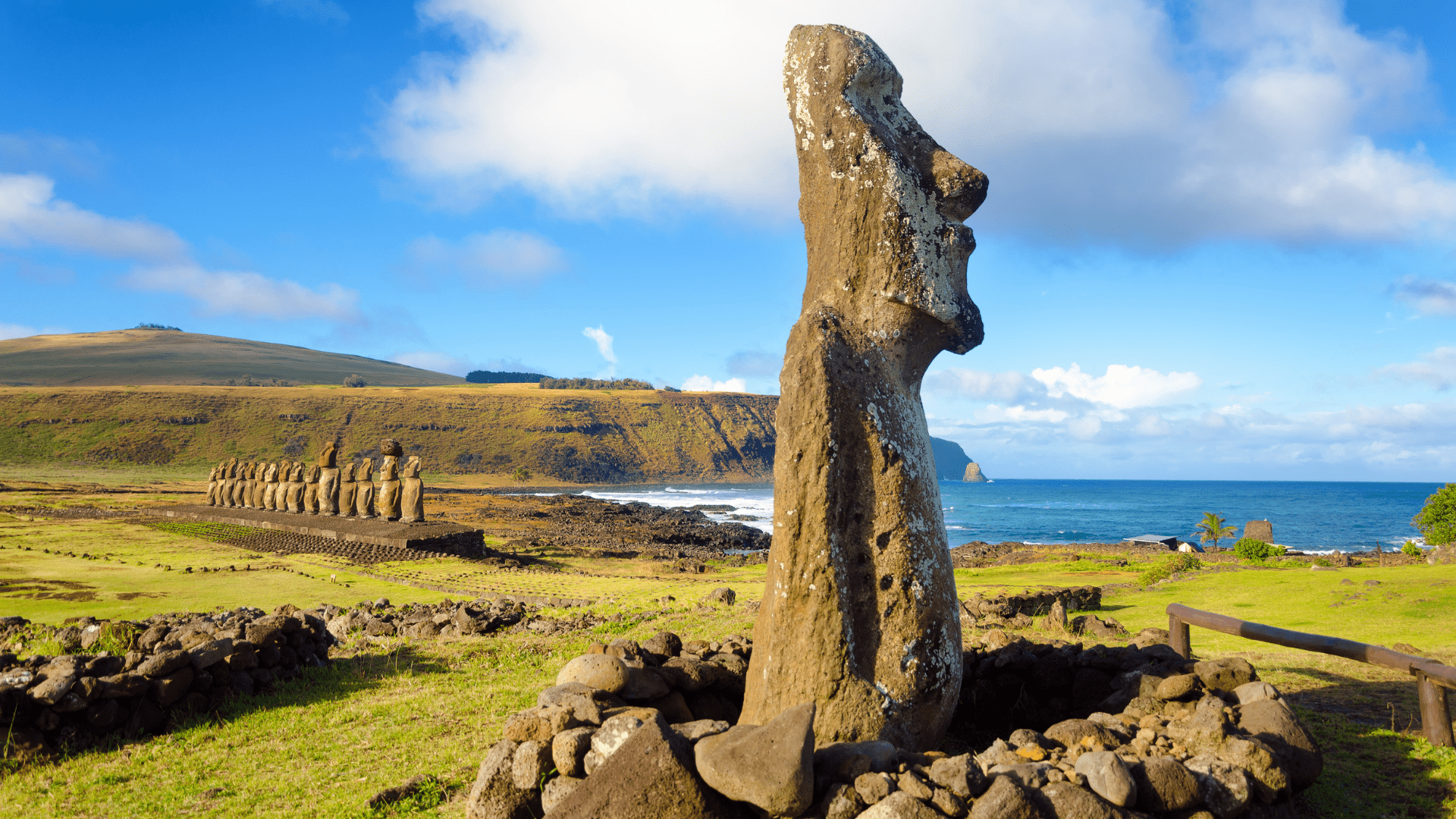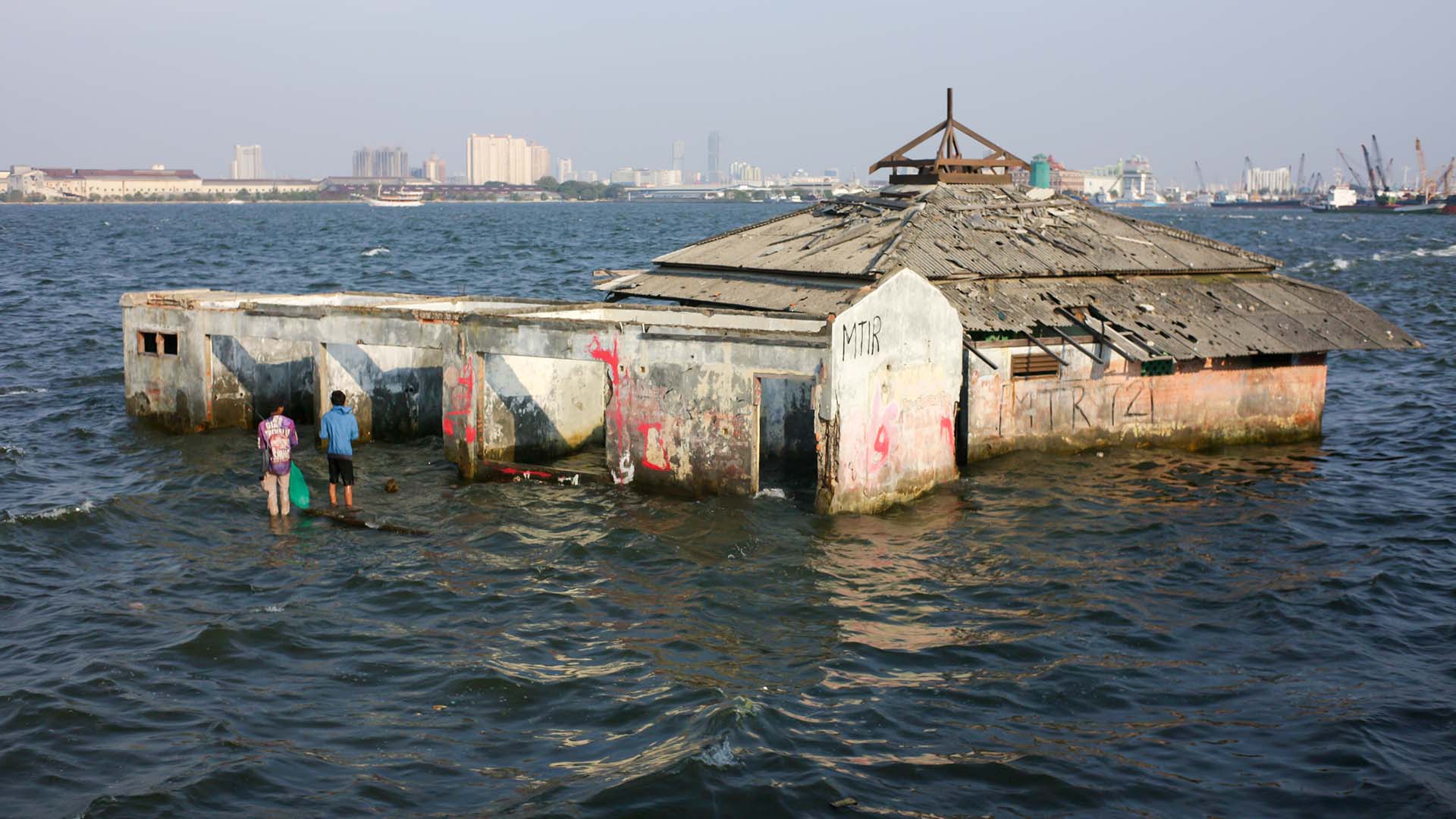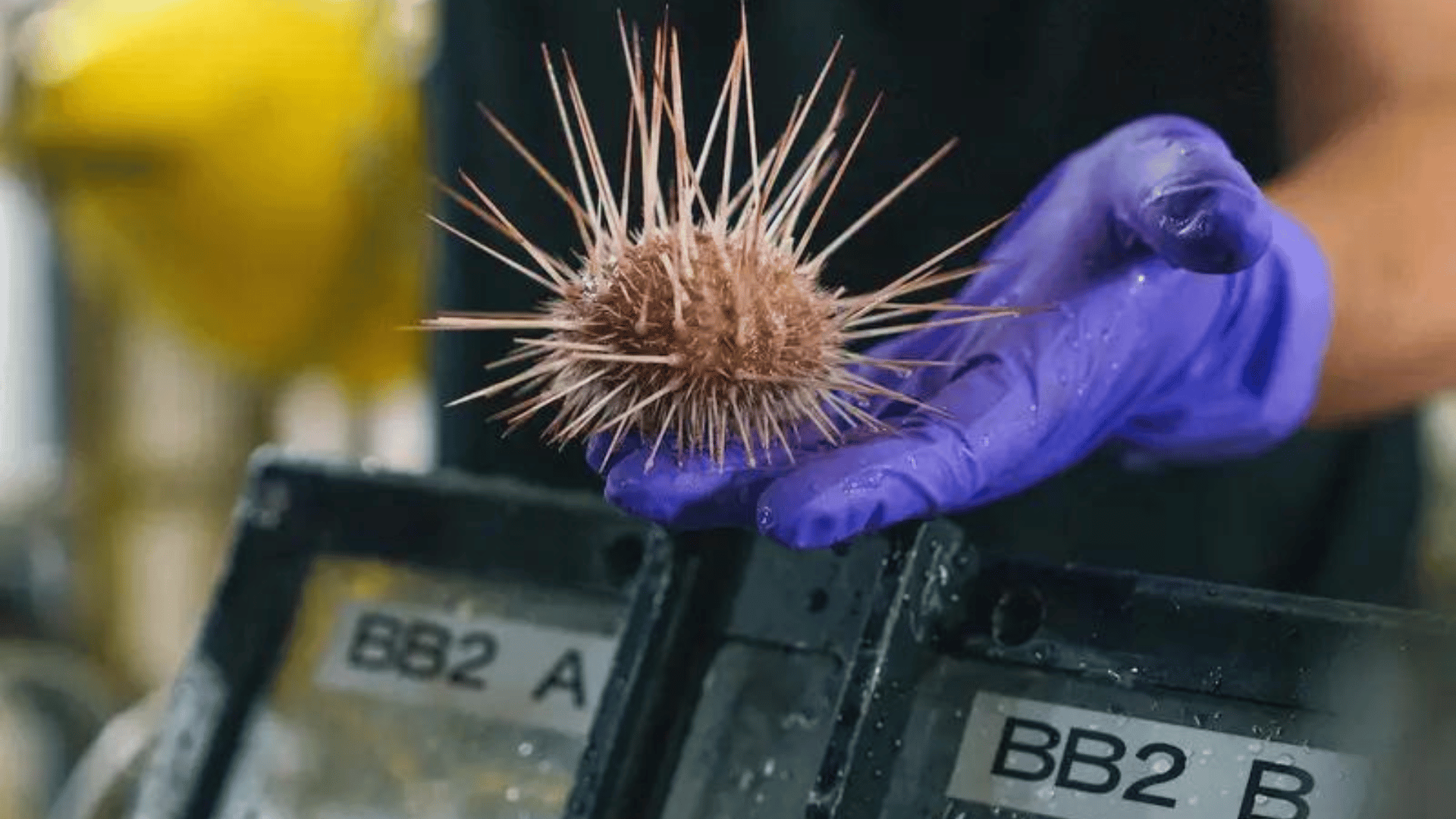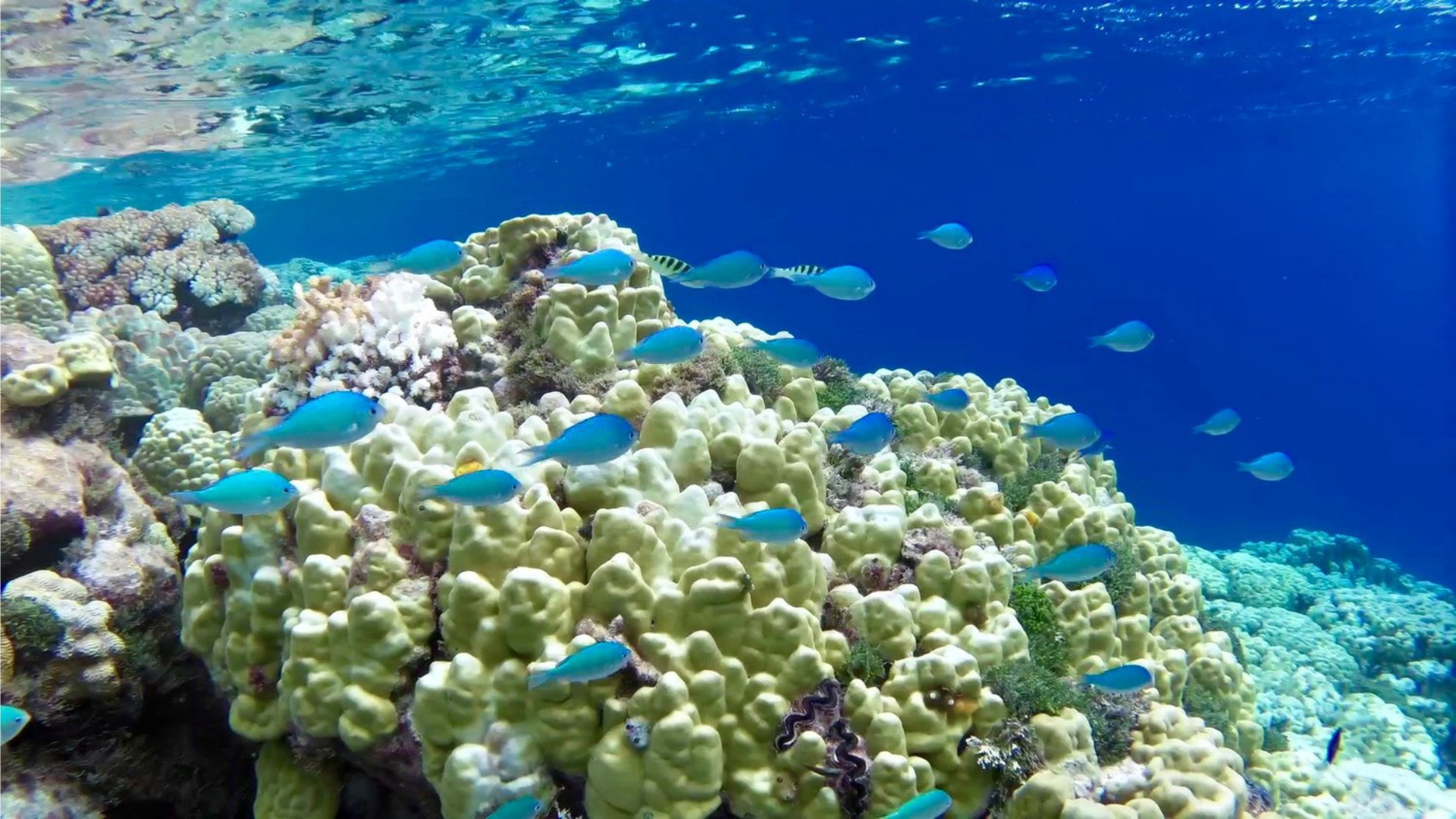An international group of scientists observed 160 species of seamounts that they didn’t know lived in the region off the coast of Chile. Out of the 160 species, they believe 50 of them are new to science.
New to Science

The Salas y Gómez Ridge is an unknown and unexplored stretch of underwater mountains that spans from offshore Chile to Rapa Nui. During the recent Schmidt Ocean Institute expedition, a group of scientists discovered the likely never-before-seen species. They identified deep-sea corals, glass sponges, sea urchins, squids, fishes, mollusks, crabs, sea stars, and squat lobsters. Among them are other potentially new deep-sea species.
The group is led by Ariadna Mechó of the Barcelona Supercomputing Center (BSC). Mechó said, “The main results of this campaign are that we have found between 50 and 60 potentially new species at first sight, a number that is likely to increase as we have many samples to work on in the laboratory.”
The expedition lasted a little over a month from February 24 to April 4. A team of 25 scientists included 14 different organizations in five countries (Chile, United States, Italy, Spain, Netherlands). The Rapa Nui Sea Council approved the expedition and provided the main permit to work in the area. They also provided a Koro Nui observer and a local sailing expert.
All of the information that the scientists gathered will provide the scientific basis to inform the management of existing marine protected areas and hopefully expand them. They especially want to protect and expand the area around the island of Rapa Nui.
Explore Tomorrow's World from your inbox
Get the latest science, technology, and sustainability content delivered to your inbox.
I understand that by providing my email address, I agree to receive emails from Tomorrow's World Today. I understand that I may opt out of receiving such communications at any time.
Exploring the Unexplored

The submarine mountains and oceanic islands of the Salas y Gómez Ridge are one of the most unexplored areas of the world. It’s a 2,900-kilometer-long mountain chain with more than 200 seamounts from offshore Chile to Rapa Nui. Rapa Nui is otherwise known as Easter Island.
According to scientists, this ridge consists of some of the most biodiverse seascapes on Earth. They say it’s also one of the most unique seascapes and areas of the ocean. In addition, it has over 80 threatened or endangered species.
BSC and supercomputing played an important role in the expedition. They provide climate modeling data through different scenarios and establish the distribution of key species in the area. This helps us understand how future changes could impact these species, depending on each possible scenario.
Mechó said, “But first, we need to better understand the biodiversity and connectivity of the region to know which keystone species are found there and on which mountains exactly, as well as potential faunal breaks.” Faunal breaks are when communities change or stop connecting. Mechó said, “Basically, it is a unique exploration in places where practically everything is unexplored.”







